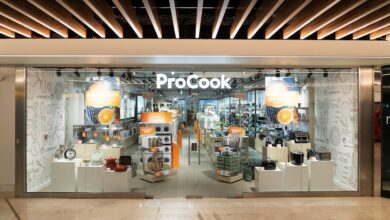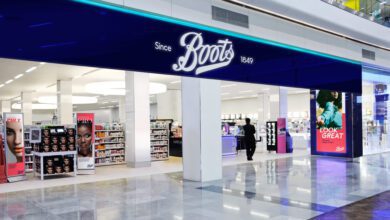Advice
Black Friday: Don’t forget your returns strategy
Michael Northcott
Send an email
Tuesday, 21 November 2017, 10:43Last Updated: Thursday, 10 May 2018, 14:28
5 minutes read

As we head towards Black Friday, retailers are once again fully focussed on what will be the biggest UK shopping period of the year.
You'll need to
subscribe to unlock this content. Already subscribed? Login?
Check out our free weekly podcast
Tags
Amazon Black Friday Boots
URL Copied
Michael Northcott
Send an email
Tuesday, 21 November 2017, 10:43Last Updated: Thursday, 10 May 2018, 14:28
5 minutes read
Read Next
Advice
Wednesday, 29 January 2025, 15:55
From classroom to commerce: How Alok Ruia reinvented SockShop
Advice
Wednesday, 29 January 2025, 15:49
Makeke: The app helping independent retailers take on ecommerce giants
Advice
Monday, 23 December 2024, 9:00
Faire’s Charlotte Broadbent on making wholesale accessible
Advice
Friday, 13 December 2024, 9:00
Plinc’s Stuart Russell on AI and personalised retail marketing
Advice
Wednesday, 11 December 2024, 17:11
Theo Paphitis: The secrets behind his retail empire
Wednesday, 29 January 2025, 15:55
From classroom to commerce: How Alok Ruia reinvented SockShop
Wednesday, 29 January 2025, 15:49
Makeke: The app helping independent retailers take on ecommerce giants
Monday, 23 December 2024, 9:00
Faire’s Charlotte Broadbent on making wholesale accessible
Friday, 13 December 2024, 9:00
Plinc’s Stuart Russell on AI and personalised retail marketing
Wednesday, 11 December 2024, 17:11







